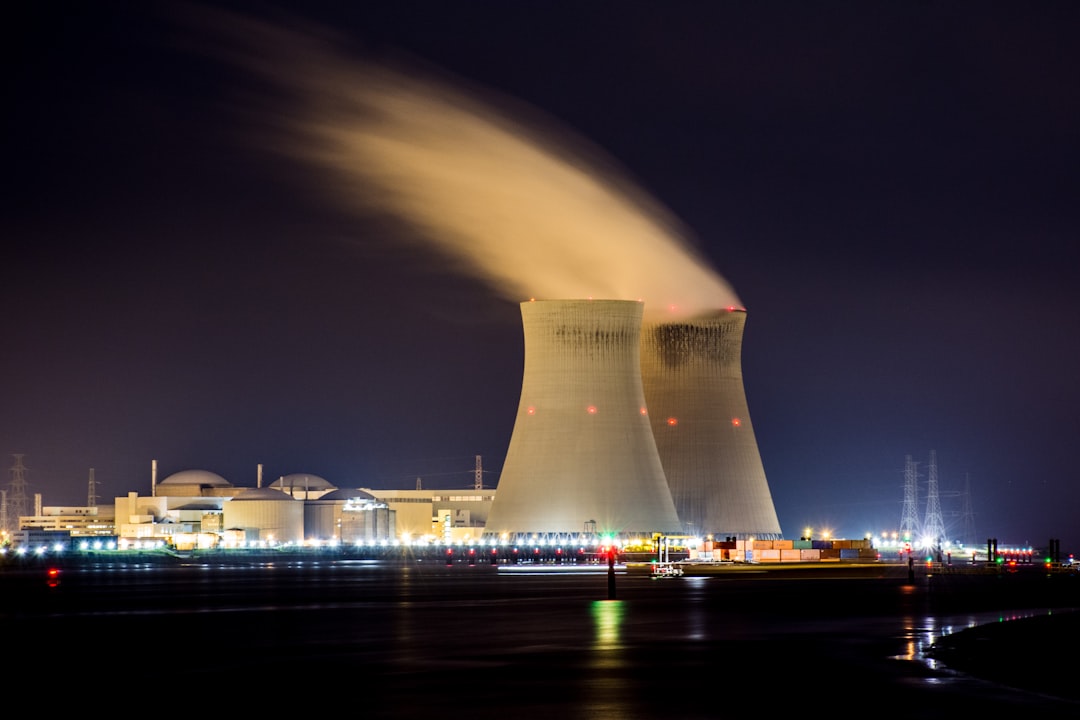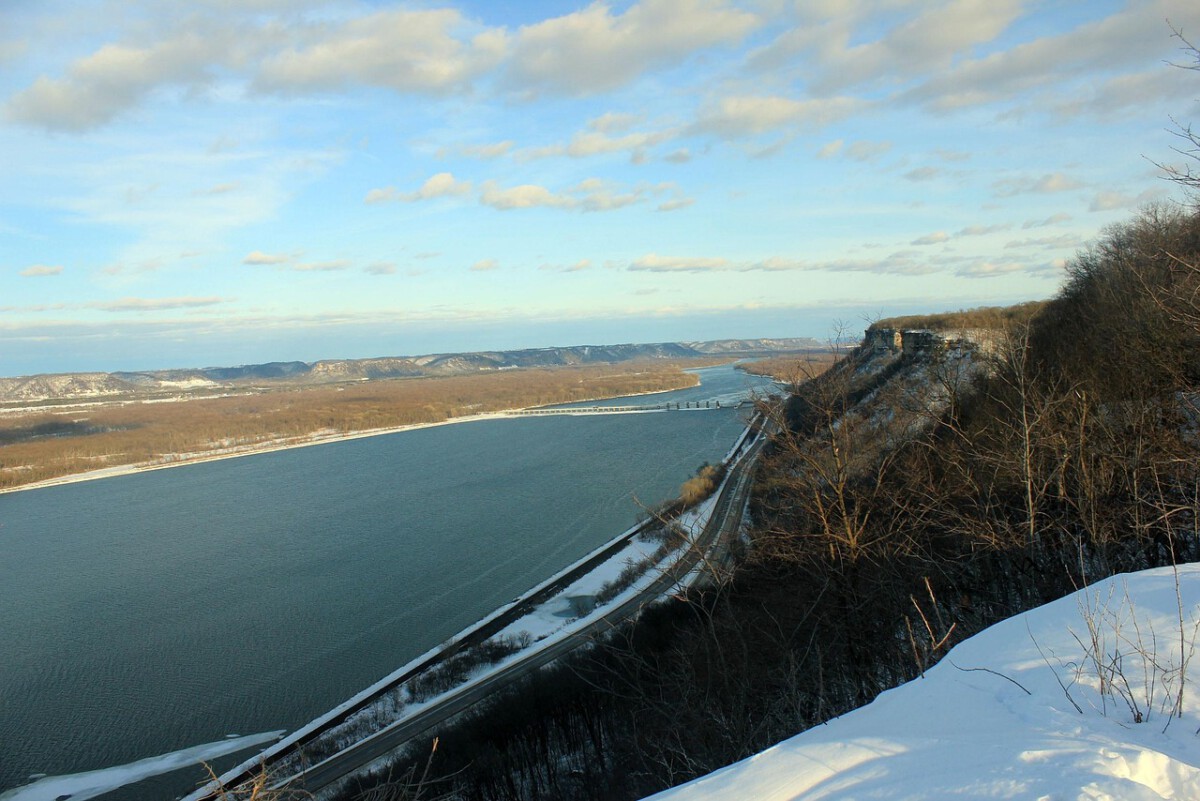A Rocky Road for the Nuclear Regulatory Commission (Image Credits: Unsplash)
Amid the steady glow of reactor cores that could light up cities, frustration builds over the mountains of paperwork that keep America’s nuclear dreams on hold.
A Rocky Road for the Nuclear Regulatory Commission
Picture this: the agency meant to safeguard nuclear operations grinding to a halt just last week because of a funding glitch. That’s the reality with the Nuclear Regulatory Commission under the Biden era, where even basic operations faced shutdowns. Staff furloughs left inspections in limbo, raising eyebrows about reliability at a time when energy demands are skyrocketing.
Critics point to deeper issues, like a perceived tilt toward industry interests that erodes public trust. Over the past few years, the NRC has struggled with backlogs in permits and approvals, turning what should be a streamlined process into a slog. It’s not just inefficiency; it’s a barrier to the clean energy push everyone agrees we need.
Yet, the administration poured resources into nuclear promotion, from subsidies for existing plants to frameworks for small modular reactors. Still, these efforts often clash with the very regulations they navigate, creating a paradox of ambition and obstruction.
Why Red Tape Is Strangling Innovation
Let’s get real – nuclear power isn’t new, but the rules around it feel like they’re from another century. The NRC’s processes demand exhaustive reviews that stretch for years, deterring companies from even trying. Small reactors, which could fit neatly into factories and deploy faster, get tangled in the same old licensing maze as massive plants.
This isn’t about skimping on safety; it’s about outdated mandates that ignore modern tech. For instance, advanced designs with passive cooling systems should breeze through evaluations, but they don’t. The result? Investors shy away, and breakthroughs sit on shelves gathering dust.
Compare that to countries like China, adding reactors at a clip while the U.S. debates. Our regulatory framework, born from post-Three Mile Island caution, has morphed into a shield against progress rather than a tool for it.
The Steep Price of Inaction
Every delayed project means higher costs and missed opportunities. Billions in potential investments evaporate as timelines drag on, and utilities turn to fossil fuels to fill the gap. In states like Illinois, with the most reactors nationwide, operators watch competitors abroad leap ahead.
Energy shortages loom larger too. With AI data centers and electric vehicles surging demand, blackouts become a real risk. The Biden administration aimed to triple nuclear capacity by 2050, but without regulatory reform, that goal feels like wishful thinking.
History echoes this warning – Vogtle’s overruns in Georgia ballooned to over $30 billion, partly due to bureaucratic hurdles. Families pay the price in higher bills, and the planet suffers from prolonged emissions.
Looking Back to Move Forward
Remember the 1970s? Nuclear was booming until accidents shifted the focus to ironclad rules. Those safeguards saved lives, no doubt, but they’ve ossified into something rigid. The NRC, once a pioneer, now battles accusations of capture by the very industry it oversees.
Shifting gears, recent pushes like the ADVANCE Act try to modernize approvals for advanced tech. It’s a step, but piecemeal changes won’t cut it. We need a full rethink, balancing vigilance with velocity.
Experts argue for risk-informed regulations that prioritize real threats over hypothetical ones. This approach could slash review times without compromising standards, drawing from successful pilots in other sectors.
Charting a Smarter Path Ahead
Streamlining starts with clear reforms. Congress could mandate faster tracks for proven designs, while the NRC adopts digital tools to cut paperwork. Public input remains crucial, ensuring communities aren’t left out.
Funding stability is key too – no more shutdown scares. Tie budgets to performance metrics, rewarding efficiency. International collaboration might help, learning from Europe’s more agile models.
- Update licensing for small modular reactors to under two years.
- Implement AI-assisted reviews for routine inspections.
- Offer tax incentives tied to on-time project completions.
- Enhance transparency with public dashboards on approval progress.
- Prioritize workforce training to handle the regulatory shift.
Key Takeaways for the Energy Horizon
- The NRC’s recent funding lapse highlights systemic vulnerabilities that demand immediate fixes.
- Regulatory overhaul could unlock 200 gigawatts of new nuclear by mid-century, powering homes and innovation.
- Safety and speed aren’t enemies – smart reforms prove they can coexist for a cleaner grid.
As America eyes energy dominance, ditching the regulatory drag could spark a nuclear revival that benefits everyone from factory workers to future generations. It’s time to act decisively. What steps would you prioritize to get nuclear power humming again? Share your thoughts in the comments.






